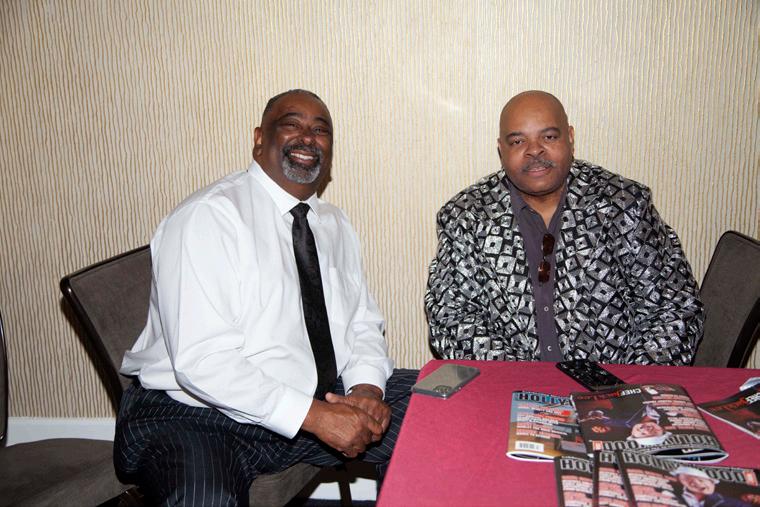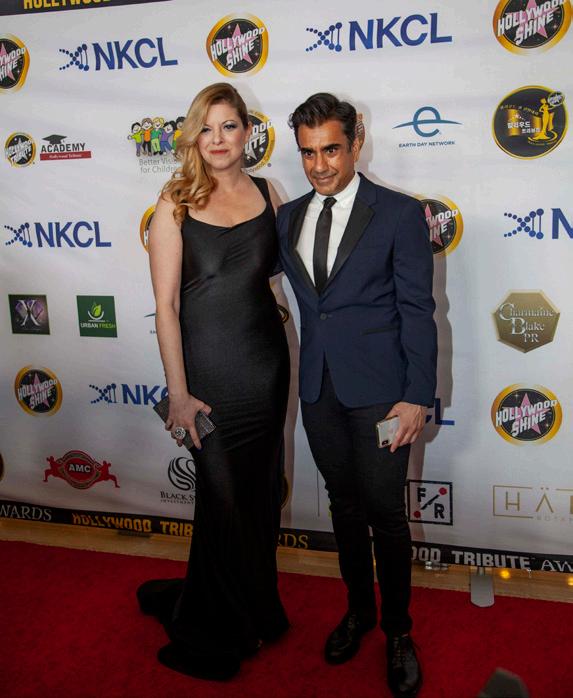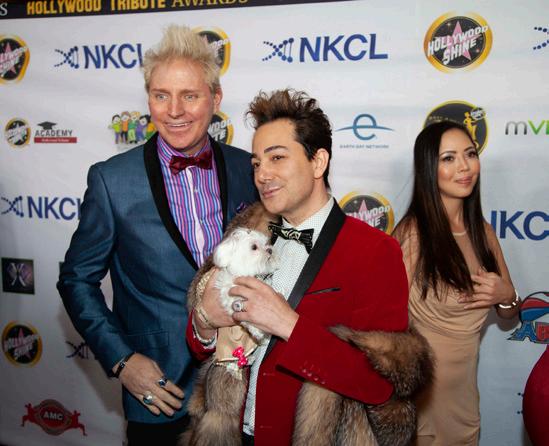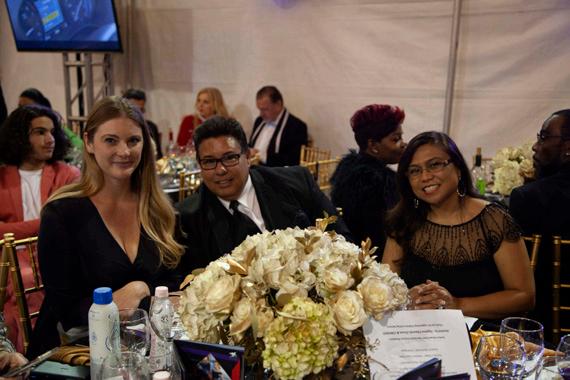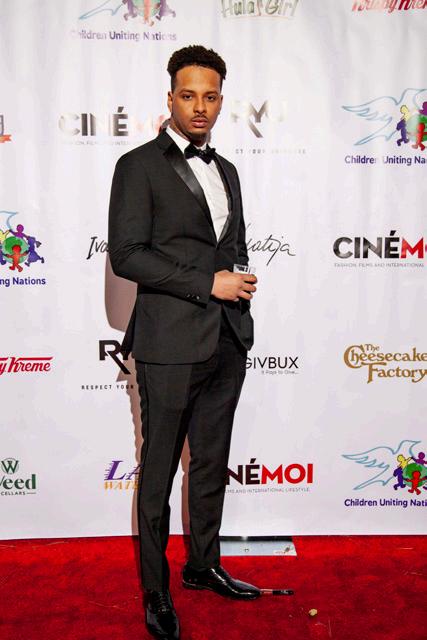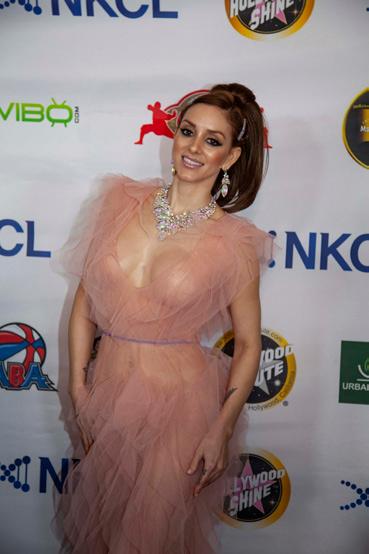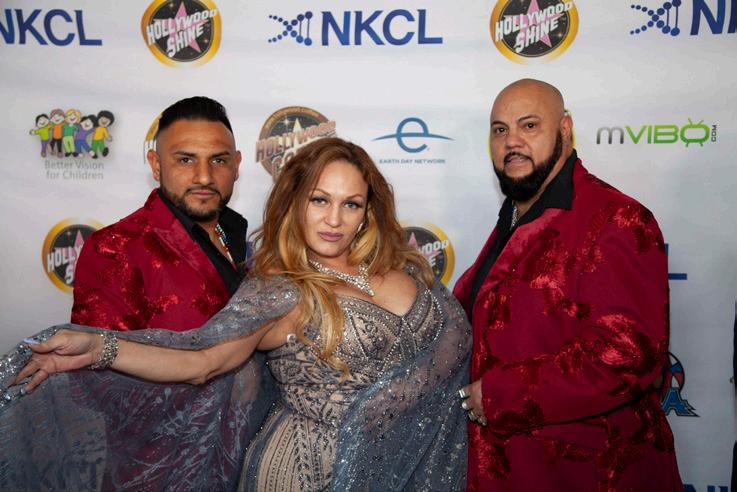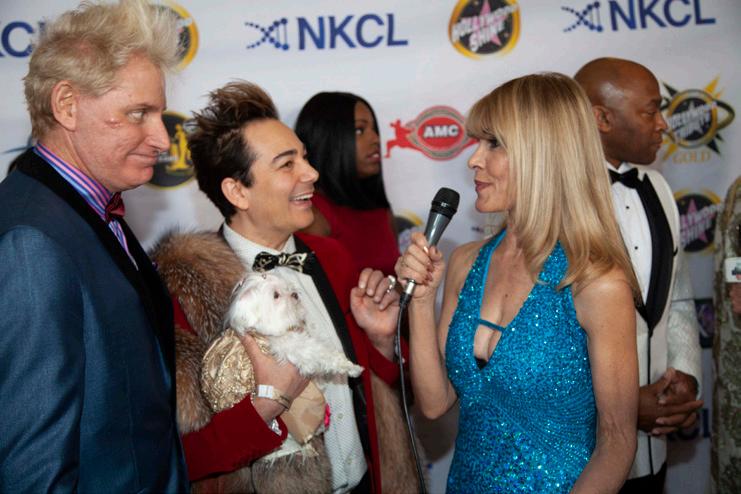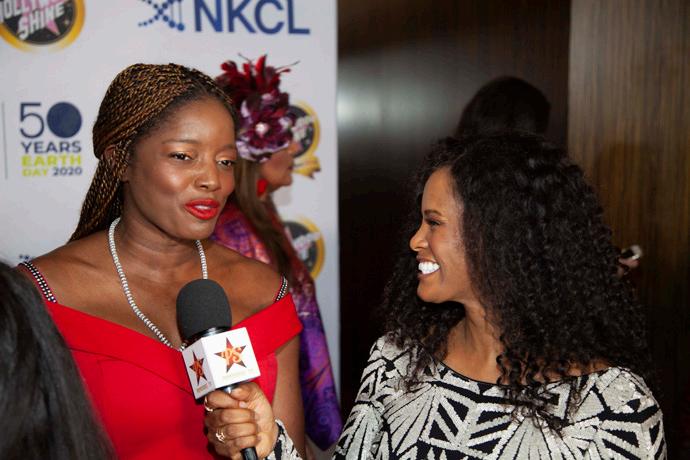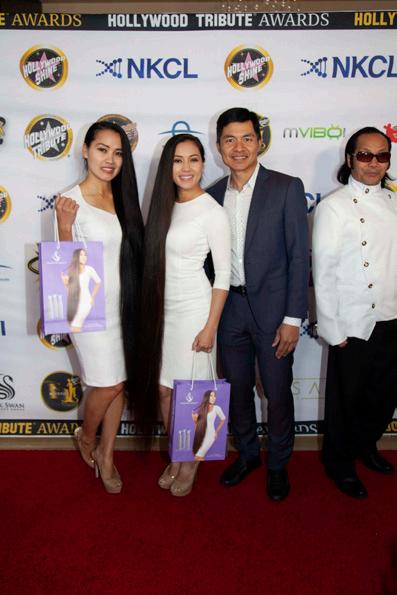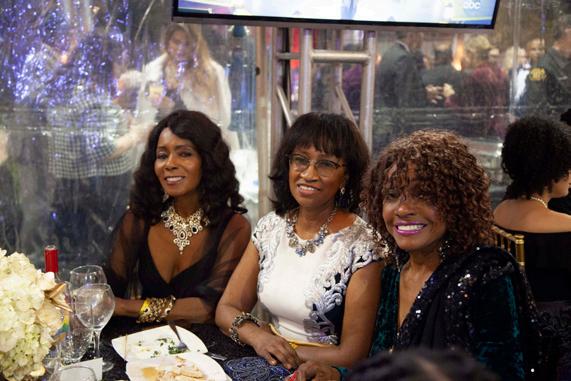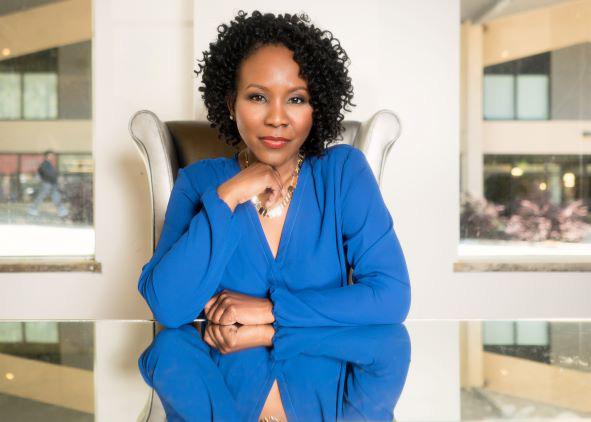
8 minute read
DR. SHINDALE SEALE
CREATING A WORKPLACE WHICH FOSTERS DIVERSITY
The most significant barrier to the success of D&I initiatives is organizations’ lack of preparation for change. Regardless of the size, location, revenue, or demographic make-up, the status-quo is affixed to the minds and hearts of the workforce.
Advertisement
It’s like a comfy blanket on a cold night.
It is as inconceivable to rip that blanket off as it is to install access ramps, elevators, an ADA approved desk, or maybe widen a hallway or two for our differently-abled team members. Or perhaps rewrite the company’s hiring policies and requirements to foster inclusion. Or give a firm reprimand to a verbally abusive or bigoted executive. Inconceivable! This is why over 70% of change initiatives and even more diversity initiatives fail! In his seminal work, Organizational Culture and Leadership, Edgar Schein described how the three levels of organizational culture: Artifacts & Behavior, Espoused Values, and Assumptions, work in harmony to create what we see every day in our places of business.
Artifacts and Behavior
Some researchers believe that behavior is a function of the person and environment – in some cases, having an equal impact over the other. Studies have shown that our psychological and physiological systems respond to architectural design in unconscious ways. The way a building or office is designed impacts employee well-being and access. The policies regarding appearance, although maintaining company standards, can breed exclusion. We’ve seen this most recently with the ban on policies restricting natural hairstyles. Even good office jokes create a particular culture.
Your company’s vision and mission
There is no better way to codify expectations of behavior than to put them in an employee handbook or allude to them in the mission and vision statements. This sets the tone. It clearly outlines what is and isn’t to be done and the repercussions for noncompliance. Yet, as clearly as the policies may be, there are potential inequities everywhere: Compensation scale, promotion requirements, Nepotism policies, complaints about the HR manager, retaliation concerns. When organizations’ espoused values are not explicitly defined, fairness, equity, and inclusion are left to the interpretation of the readers.
Ass-U-Mptions
An HBR article revealed that women, and especially women of color with the same title as their male counterparts, are expected to do office housework. For those who have never had the ‘pleasure,’ office housework includes ordering lunch, organizing baby showers, scheduling speakers for events, etc. In addition to the office housework, these women are still expected to perform as good as or better than said male counterparts for less pay! Bollman & Deal, in their book Reframing Organizations, calls this the structural tension in the division of labor and is but one of the many assumptions held in organizations. Other assumptions refer to the structure, systems, and processes within the organization and are usually imposed by the leaders in the organization. Once these processes crystallize and become taken-for-granted by the workforce, they become a part of the culture. This concept is exemplified in the exclusive use of certain technologies, vendors, sourcing schools, etc. It is also memorialized in the phrase, “This is how we’ve always done things” or “This is the type we hire for in these positions.” Rest assured that someone created the definition of ‘type”.
So now that we’re all giving our organizations the ‘side-eye,’ what can be done to create an environment that fosters diversity? Hint: This is not just the work of the D&I officer!
Edgar Schein and Dr. John Kotter, both renowned authorities on leadership and change, suggests creating a framework for success. These steps have been adapted for our purposes.
1. Create a compelling positive diversity vision. Kotter suggests clarifying how the future will be different from the past and how you can make that future a reality through initiatives linked directly to the vision. SHRM encourages using metrics and success stories to connect D&I efforts to your company’s goals.
2. Get buy-in from over 50% of the organization for the diversity initiative. Steps for getting team member buy-in include laying out the vision, personalizing the tasks, following up with team members, nipping resistance in the bud through thoughtful conversations, and being flexible and prepared to change.
3. Create “safe space” environments with a group of diversity allies providing opportunities to practice new knowledge, receive coaching and feedback. Ways to do this include showing appreciation for each other, making space for equal and open discussion, setting boundaries and expectations together, and spending time together outside of work.
Dr.Shindale Seale
4. Involve team members’ hearts, not just their minds through formal & informal diversity training, talks, seminars, lunches, etc. During these meetings, encourage team members to be their authentic selves. Once there is trust, you’ll have their hearts.
5. Learner involvement is important because the target audience must have some ownership of the process. Team members want to be a part of the decision-making that impacts them. Form small advisory committees where everyone has a voice. In these committees, participants have opportunities to discuss types of diversity training, methods of delivery, target groups, identify allies, etc. 6. Positive role models such as high-ranking personnel and immediate supervisors are crucial when modeling appropriate diversity behavior. Role models have natural
DR.SHINDALE SEALE
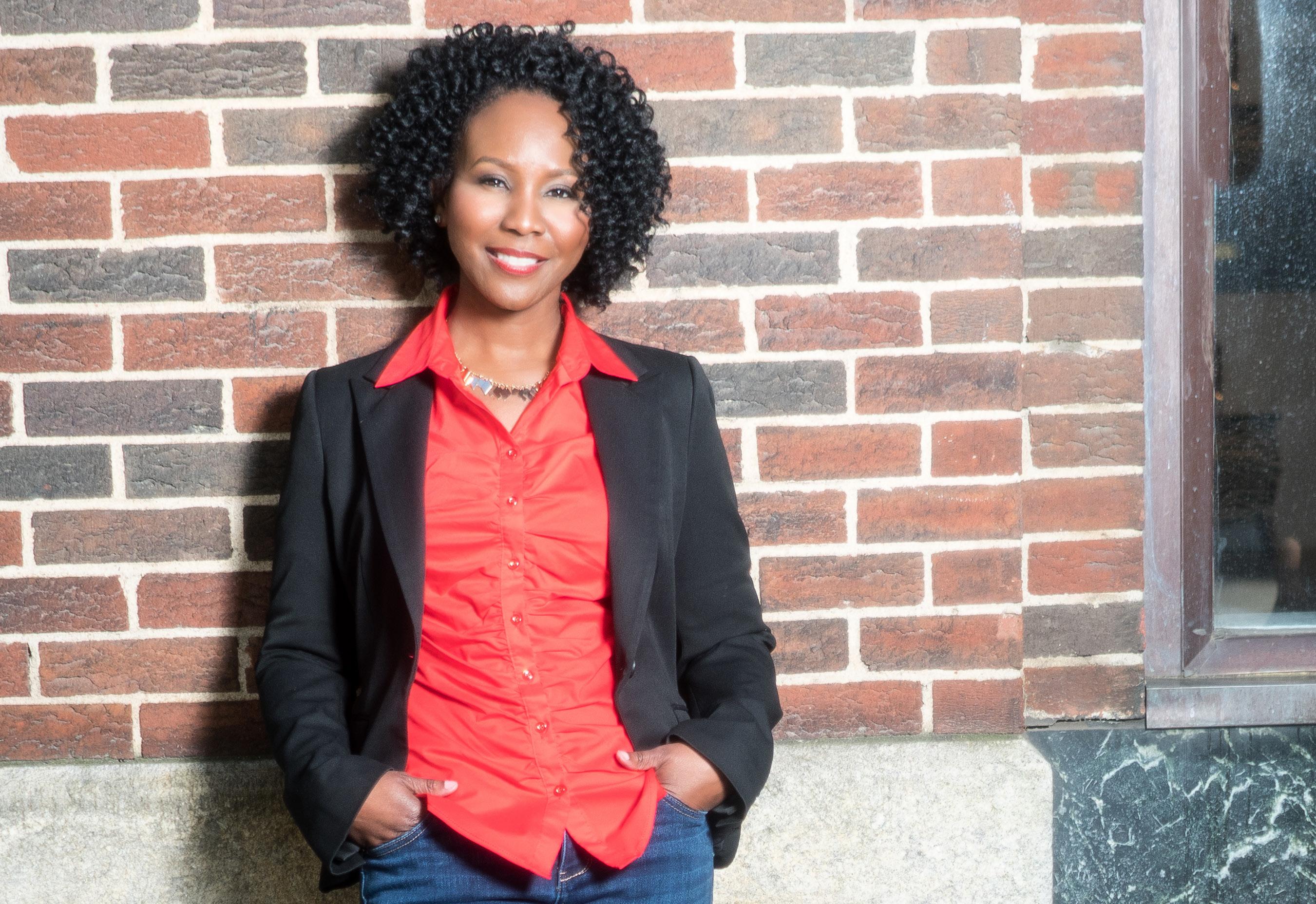
influence over people in the workplace. When they exhibit positive, inclusive, and equitable behavior, others will usually follow suit.
7. Consistent systems/structures for diversity program such as reward & support systems must be reliable for the target audience to buy-in. As with any initiative, rewards increase motivation, expand morale, and promote greater work satisfaction. Within the diversity space, there’s an added benefit of your diverse workforce feeling more valued and appreciated.
8. Invite, encourage, and promote many small diversity wins. Diversity work is a long haul, and it can sometimes be challenging to recognize small wins. However, it is essential to acknowledge and celebrate when team members or the organization has reached a goal, regardless of how small.
9. Ensure all those involved are aligned with your diversity vision. Communication and accountability are crucial in this. Define the organization’s diversity goals clearly in writing and verbally. Make sure the goals are visible, ALWAYS! Turn the goals into an action plan and
counsel all team members on the vital role each of them plays in meeting that objective. The second piece to this is accountability. You and your team members must be held accountable to accomplish your agreed upon tasks or behaviors. Bringing diverse team members into an organization which is not prepared for them is setting them up for failure. It is analogous to putting an ice cube in an oven… totally inhospitable! If your organization has determined that it would like to increase its diversity numbers, do us all a favor and get the company ready first. Your failure to frontload will result in tensions, resentment, and attrition, taking you right back where you started. Dr. Shindale Seale is a diversity strategist, community advocate, and organizational leadership professor at the University of Redlands.
Natalli Ricci – Claremont McKenna Colleges Ruchika Tulshyan – HBR City University of Seattle #diversitymatters #diversityandinclusion #leadership #organizationaldevelopment #organizationalchange #changemanagement #mentorship #organizationalleadership

